ISIS-K violence could force the west into an unlikely alliance with Taliban
The decades-long conflict in Afghanistan was always far more than a simple case of the Taliban versus the Afghan government, or a US-led “war on terror”. This is because Afghanistan is not a single country in the sense of a legitimate system accepted by the vast majority. Beyond the capital Kabul, it is more a mosaic of local areas with factions — among them the Taliban — seeking rule and profit.
Thursday’s suicide bombing of the crowd outside Hamid Karzai International Airport by the Islamic State Khorasan Province (ISIS-K), killing up to 170 Afghans and 13 US troops, highlights the threats presented by these armed groups.
The Taliban will try to establish a national government. With their radical interpretation of Islam and politics, they are likely to continue violence, repression and denial of rights to many sections of Afghan society. But as demonstrated by the ISIS-K violence, the Taliban’s control of Kabul and also other parts of Afghanistan are not secure.
To understand that lack of control – and the instability and insecurity that are likely to persist – one has to begin with the relationships between the Taliban and other groups, including ISIS-K and the Haqqani network.
The Islamic State’s lightning advance across Iraq and Syria in 2014 – and its declaration of a “caliphate” – spawned affiliates. These groups promoted the ideological line of, and received assistance from, the core of ISIS – but developed from local conditions.
One was ISIS-K, established in January 2015 and naming itself after “Khorasan”, part of an Islamic empire which stretched from Iran to the western Himalayas from the 6th century. The group consists of local militants and former Afghan and Pakistani Taliban, pushing an even more radical ideology and implementation, as well as some former al-Qaeda members. Spanning the Afghan-Pakistan border, ISIS-K’s centre is in eastern Afghanistan in the Nangarhar and Kunar provinces.
While the Taliban sought to take control of Afghanistan, through military operations and then political talks, ISIS-K has sought to recruit members by generating publicity through deadly attacks on civilian targets. Their targets have included protest rallies, schools providing education for girls, and a Kabul maternity ward.
Afghan security forces and US aerial operations, including the “mother of all bombs” in April 2017, crippled ISIS-K. And beyond Afghanistan, the US killing of Islamic State leader Abu Bakr al-Baghdadi in northern Syria in October 2019 was a further blow. By 2020, ISIS-K’s estimated membership was reduced to between 1,500 and 2,200.
But a new commander, Shahab al-Muhajir, energised the group with operations such as an August 2020 attack on a prison in Jalalabad, some 100km west of Kabul, which freed hundreds of fighters. There was also as an assassination attempt on vice president Amrullah Saleh, which left ten people dead.
When western media and pundits report on the Taliban takeover of Afghanistan, they often unsurprisingly invoke the spectre of al-Qaeda. A UN report in June said al-Qaeda members are active in 15 of 34 Afghan provinces. But in both operational significance and political authority, the organisation is a shell of its 2001 version.
Soon after 9/11, al-Qaeda was pushed into north-west Pakistan, with Osama bin Laden finally killed by US special forces in 2011. Other senior leaders have been slain or captured. While bin Laden’s successor Ayman al-Zawahiri is thought to be in Afghanistan, he is muted and said to be in poor health.
In contrast, the Haqqani network is at the heart of Afghanistan’s contest for power. Hailing from south-east Afghanistan, Jalaluddin Haqqani established the group in the 1980s, soon receiving assistance from the Reagan administration and Pakistani intelligence to fight Soviet forces.
After the Taliban rose to power in 1996, Haqqani accepted a cabinet post as minister of tribal affairs. The US-backed overthrow of the Taliban in 2001 forced the network to regroup in Pakistan, but it soon pursued cross-border operations. It intersected with al-Qaeda, both in ideological positioning and in training camps.
Today, Jalaluddin Haqqani’s son Sirajuddin – a deputy leader of the Taliban – leads the network. The US has offered a reward of up to US$10 million (£7.3 million) for his capture. In February 2020, in his Taliban role, he wrote in The New York Times of the political talks:
We are committed to working with other parties in a consultative manner of genuine respect to agree on a new, inclusive political system in which the voice of every Afghan is reflected and where no Afghan feels excluded.
Sirajuddin has not yet appeared in Kabul. But four days after the Taliban entered the capital, his younger brother Anas met former president Hamid Karzai, along with Abdallah Abdallah, the head of the High Council for National Reconciliation, and long-time militia leader and former prime minister, Gulbuddin Hekmatyar.
ISIS-K’s bombing on August 26 was not just an attack on US forces. It was also a challenge to the Taliban, asking: “Where is your authority? Where is your security?”
It reconfigured the Afghan mosaic, pushing Washington and other countries to recalculate their political and military approach. Biden’s war on terror response: “We will hunt you down and make you pay”, poured urgency on that recalculation.
The US response will be airstrikes from its al-Udeid base in Qatar and an aircraft carrier in the Arabian Sea. Within 36 hours, the Pentagon had announced the drone assassination of two ISIS-K operatives.
But effective aerial operations still require local assets to identify and track targets. Those are likely in jeopardy, if they still exist, after the US ground withdrawal. In 2001, the CIA was able to quickly establish links with the then Northern Alliance faction. But Washington is unlikely to build up a similar capability with today’s “resistance”, which is led by local leader Ahmad Massoud (and son of murdered Northern Alliance warlord Ahmad Shah Massoud) and former vice president Saleh in the Panjshir Valley in north-east Afghanistan.
The US is already in contact with the Taliban, not just through the political talks but on military matters. Discussions before the Taliban entry into Kabul established protection of embassies as well as the evacuation zone at the airport. The day after ISIS-K’s attack, General Kenneth McKenzie, the head of US Central Command, which overseas this part of the world, said American forces would work with the Taliban to expand the security perimeter.
So will Biden, making ISIS-K the focus of his post-withdrawal Afghanistan policy, continue the cooperation with the Taliban — and thus the Haqqani network? How far could that go – will the US unfreeze the assets of the nation’s central bank and reverse its pressure on the IMF that led to the suspension of aid? Is this a path to diplomatic recognition of the Taliban?
Even before the Kabul bombing, Britain’s chief of staff General Nick Carter offered a provocative clue. Carter, who is close to Pakistan’s military commanders, said the Taliban should be given a chance to govern. He described them as “country boys” adhering to a traditional Afghan tribal code: “It may be that this Taliban is a different Taliban to the one that people remember from the 1990s.”
It is unlikely that the manoeuvring with the Taliban will be in public, but watch the signals from Washington, London and elsewhere carefully. If rhetoric about rights and security for Afghans is replaced with slogans about security for Americans and Britons – if the fate of Afghans is supplanted by the war on terror – then the west may be preparing for the unlikeliest of bedfellows in whatever conflict lies ahead.
For the latest news, follow us on Twitter @Aaj_Urdu. We are also on Facebook, Instagram and YouTube.




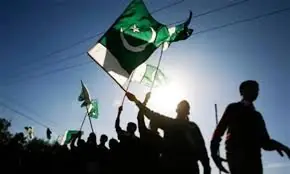

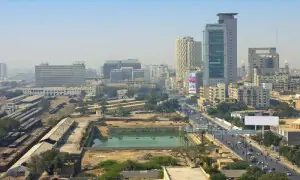


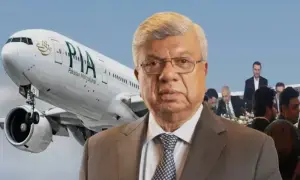
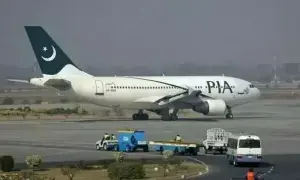
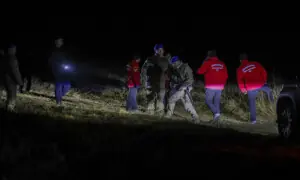
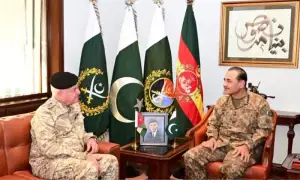

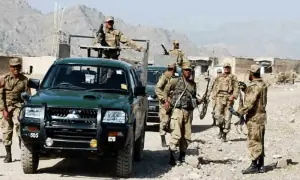

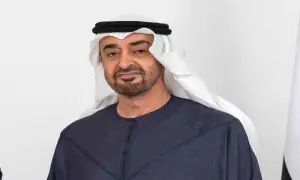



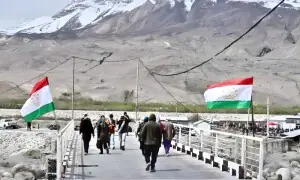
Comments are closed on this story.